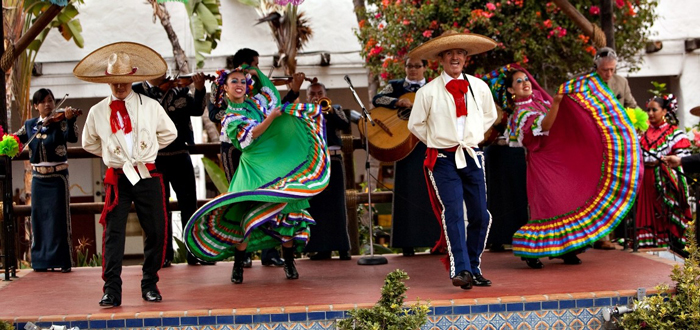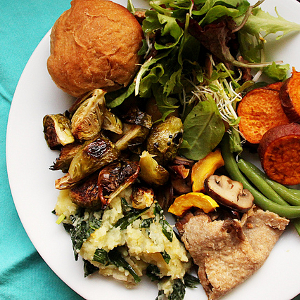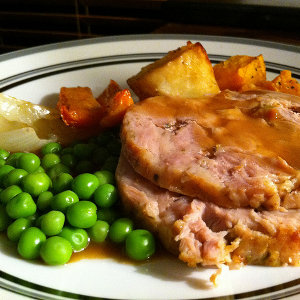In a society as obsessed with image and diet as ours, the enduring catchphrase “You are what you eat’ has been all but internalized. But what of the inverse, “You eat what you are’? The foods we eat and the practices surrounding them say a great deal more than most realize, which is why a growing number of scholars are catching on to the notion, including Molly Taylor-Poleskey, a graduate student with Stanford University’s Early Modern European History program.
Although her primary focus is on Brandenburg-Prussia following the Thirty Years’ War, Taylor-Poleskey took some time out from her dissertation research in Germany to muse over the intersections between food, history, culture and politics that are very much relevant to today’s world.
Taylor-Poleskey was initially interested in modes of cultural exchange when she stumbled upon a kitchen clerk’s records among the documents of a noble family’s estate. The records detailed the household’s weekly food needs, which, in conjunction with the ideas of food scholar Massimo Montanari, inspired her to explore food as both cultural proxy and mechanism for cultural transmission.
“I collected ideas from other scholars of all the ways that food is revealing about nutritional, religious and ethical beliefs as well as its potential as an instrument of political expression and social differentiation,’ she says.
Taylor-Poleskey points out many examples through which food, politics and culture were intertwined. “Political alliances, and alternatively divisions, affected what goods could be easily and cheaply procured,’ she explains. “Sometimes, abstaining from consuming a certain product was also a sign of political protest.’ But it wasn’t just what people were eating that was imbued with cultural significance; how they ate it mattered as well. Returning to her area of expertise, Taylor-Poleskey notes that political culture often manifested in feasting events, specifically in socially stratified seating arrangements.
Religious and political views may still be a dominant factor for some, but there are also other modes of eating that have their own subcultures, such as vegetarianism. “In the period I study, anything that was locally grown and processed was not as expensive or as desirable as exotic products from far away,’ she says. “Having anything out of season was possible only for the absolute wealthiest and required tremendous effort to procure, transport or harvest.’ Today, local foods are more expensive—even so far as to become status signals.
“I’m an optimist,’ says Taylor-Poleskey, “so I hope that historians will look back on this period as an experimental phase before reconciling the needs of an increasingly globalized food market and an environmentally sustainable food system. I think we’ve reached a point where technology can be used to help meet the world’s food needs, but we haven’t quite figured out how to fairly divide production and consumption.’
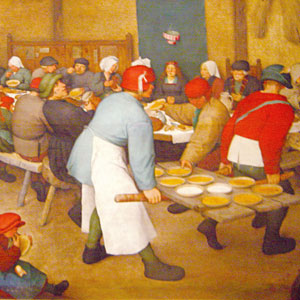
 Cinco de Mayo Guide
Cinco de Mayo Guide 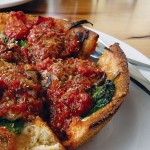 Blue Line Pizza in Campbell
Blue Line Pizza in Campbell 



